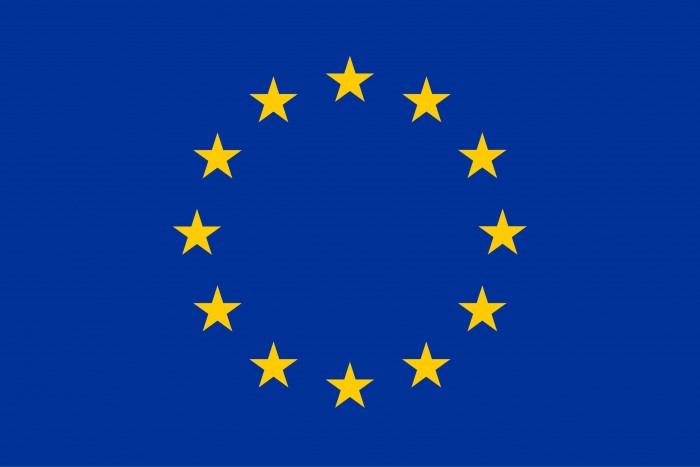About IDDRSI
Home / About IDDRSI
Background
The devastating drought that hit the IGAD region in 2010-2011 affected more than 13 million people and exacerbated food insecurity to famine levels in many areas of the region. The severity of this crisis brought to the fore the catastrophic impact of recurrent droughts and their dire humanitarian, environmental and productivity consequences. Seeking to address the catastrophic phenomenon of recurrent droughts and worsening environmental concerns in a sustainable manner, the Heads of State and Government of countries in the Horn of Africa region convened a Summit in Nairobi in September and launched the IGAD Drought Disaster Resilience and Sustainability Initiative (IDDRSI) to end drought emergencies.
The summit called for the urgent introduction of innovative sustainable development strategies, policies, and programs at the Member States’, cross-border and regional levels, aimed at building resilience to future climatic and economic shocks. Further, observing that achieving the objective of the newly formed initiative would entail dedicated and coordinated actions; and require enhanced partnerships at national, regional and international levels, the Summit tasked the IGAD Secretariat with the responsibility of leading and coordinating the implementation of the Initiative and appealed to development partners to align their support as appropriate.
The Regional Platform
The IDDRSI Platform brings together the different partners and stakeholders including IGAD Member States, Development Partners and implementing Partners, including UN agencies, Civil Society Organisations and specialized research and training institutions, and the IGAD Secretariat along with its specialized institutions. The Platform has a 3-tier structure that comprises a General Assembly of senior representatives of participating stakeholders, a Platform Steering Committee and a Platform Coordinating Unit (PCU).
General Assembly
It comprises senior representatives of IGAD, AUC, EAC, COMESA, Development Partners, UN, NGOS, private sector, research and training centres, farmers’ organisations and Member states at ministerial level. It provides overall strategic guidance and makes decisions on investment plans and proposals.
Platform Coordination Unit
It is administratively embedded in the Office of the Executive Secretary of IGAD and connected to the national coordination mechanisms in the IGAD Member States through National IDDRSI Coordinators. It reports to the IDDRSI Platform Steering Committee. Its functional role includes knowledge management, programme planning and implementation, capacity development, resource mobilisation, enhancing coordination and partnerships and monitoring and evaluation.
Platform Steering Committee
With 38 pioneer members at senior policy level and national experts, it guides the RegionalPlatform on policy issues. It oversees the implementation of the IDDRSI.
National Coordination Mechanisms
Coordination mechanisms at national and sub-national levels established in seven IGAD Member States are used to mobilise, organise and harmonize activities that contribute to the implementation of IDDRSI at Member State level. These mechanisms report to the Platform Steering Committee. They are continuously being reviewed and refined to include all stakeholders and ensure alignment with all sectors.
Doing Things Differently
The Nairobi Summit emphasized the need to do things differently including: countries working together as a region; adopting the twin-track approach to drought where emergency response is linked to recovery and long-term development; focusing on priority intervention areas as identified by target communities and Member States; ensuring that the design, development and implementation of the interventions are people-centred and take into account all aspects of human development to ensure drought resilience and food security. The necessity of doing things differently was articulated by the former Executive Director of IGAD. H.E. Amb. Mahboub Maalim at the start of the initiative.
Functional Principles of IDDRSI
The decision to work as a region in the implementation of IDDRSI requires that: While the actions may be national, the thinking is regional; and whereas the IGAD Secretariat was assigned to lead and coordinate the activities related to implementing the initiative, the decisions are based on consensus; and as much as possible, in harmony with the guidelines agreed by the IDDRSI Platform Governance structure, provided that the Member State, where the action in question is, will always take precedence
While the implementation of IDDRSI will require all 8 PIAs to be covered, activities may be executed singly or in any form of a combination of PIAs, in whole or in part.
Results-Based Monitoring and Evaluation will form an integral part of the management of the implementation of IDDRSI.
While the emphasis of IDDRSI will be aimed at investing in development so as to reduce the need for humanitarian interventions, IDDRSI will, as demanded by the level of vulnerability of the beneficiaries, also adopt a humanitarian approach as a precursor to involvement in development.
The implementation of IDDRSI will recognize that IGAD subscribes to the principle of variable geometry, which recognizes that its members are at different levels of development and move at different speeds and constellations depending on their priorities; to the extent of which all efforts will be made to ensure that no country or community gets left behind

The development and maintenance of this portal is co-funded by the European Union.
